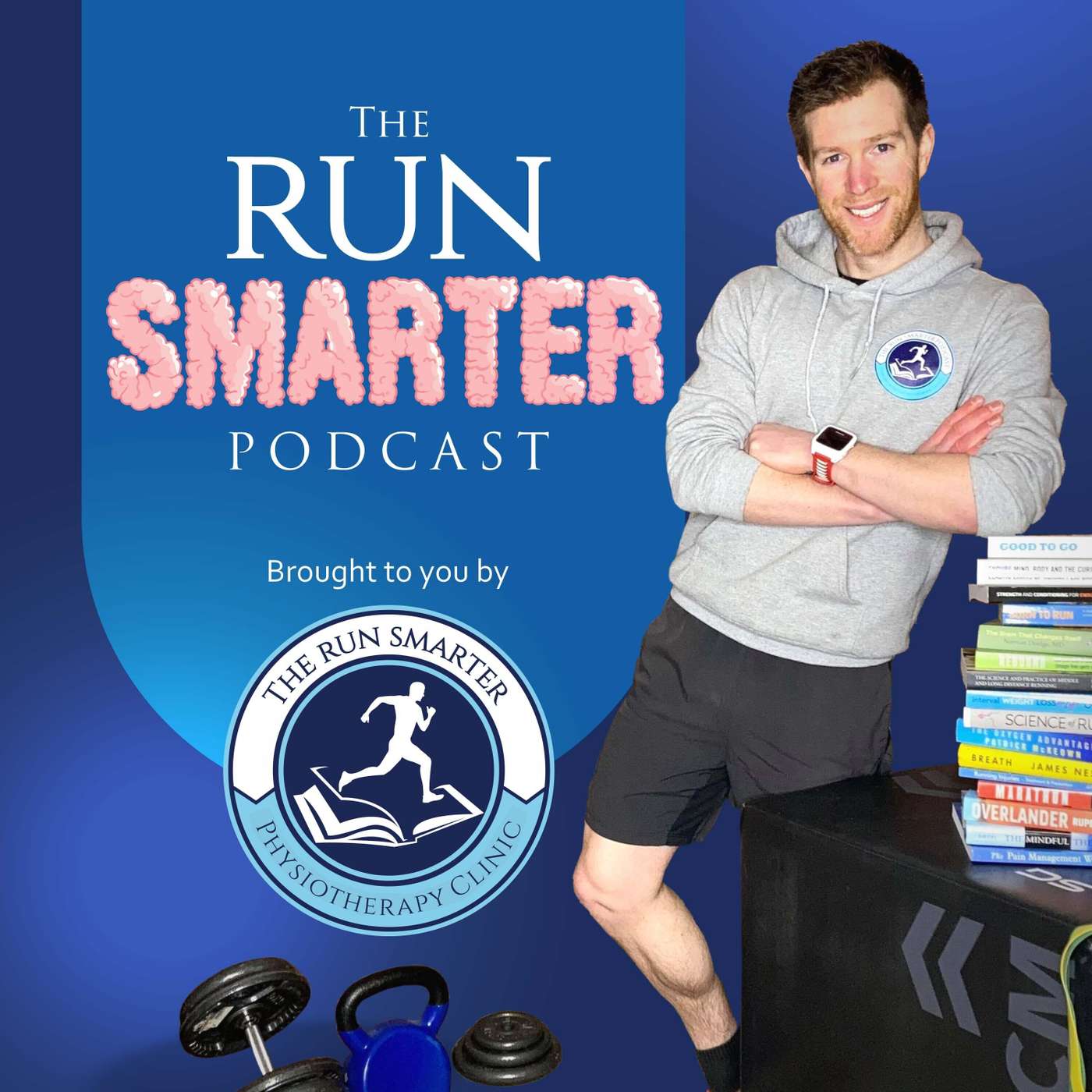
The Run Smarter Podcast
Brodie Sharpe
Exclusive AMA: Stress Fractures, Under-Striding, Strength Sets, & Compression Socks
Episode Notes
Learn more about Brodie's Research Database & AI Assistant 📄🔍
For MORE Run Smarter Resources 🏃♂️📚
- Including Free Injury Prevention Courses 🩹🎓
- The Run Smarter Book 📖
- Access to Research Papers 📄🔍
- & Ways to Work with Brodie 🤝👟
👉 CLICK HERE! 🎉✨
In this special episode, Brodie releases a previously patron-only AMA, answering a wide range of listener questions across injury rehab, running technique, strength training, and recovery tools. Even if you don’t struggle with these issues now, the principles and reasoning in Brodie’s answers provide invaluable insight into smarter training decisions for every runner.
🦴 1. Training With Stress Fractures Below the Ankle
Brodie breaks down why not all stress fractures are equal and why their location, grade, and healing stage matter.
He explains:
- The difference between high-risk vs low-risk stress fractures
- Why navicular fractures heal slowly due to poor blood supply
- The importance of pain-free loading (during, after, and next day)
- How to rebuild fitness without stressing the foot: swimming, pool running, upper body strength, knee extensions, seated hamstring curls
- A staged return to loading:
- Offloaded cardio + upper body strength
- Seated cycling with low resistance
- Rowing + progressive cycling loads
- Standing lower-limb strength work (squats, lunges, calf raises)
- Elliptical and increasing time-on-feet tolerance
- Jump progressions → walk/jog program
Brodie even maps out a sample weekly schedule for mixed cross-training and strength while rehabbing.
🏃♀️ 2. “Understriding” Explained (Gait Analysis Breakdown)
A listener asks if it's possible to understride because her gait report showed “reduced overstride bilaterally.”
Brodie explains:
- What overstriding actually is
- Why you must contact slightly in front of your centre of mass
- Why a high cadence (e.g., 188 spm) naturally prevents overstriding
- Why “closer to centre of mass than average” is not a problem if you feel stable and upright
- Why there's usually no need to change your technique if you're not braking excessively or injuring yourself
Great mini-lesson on biomechanics, cadence, and efficient landing mechanics.
🏋️♀️ 3. Is One Set Enough in Strength Training?
A unique question: Can I just do one set of an exercise and move on?
Brodie dives into:
- What’s required to trigger true adaptation
- Why one set rarely provides enough consistent stimulus
- Why variety is good—but too much can “spread your progress thin”
- How to work around boredom